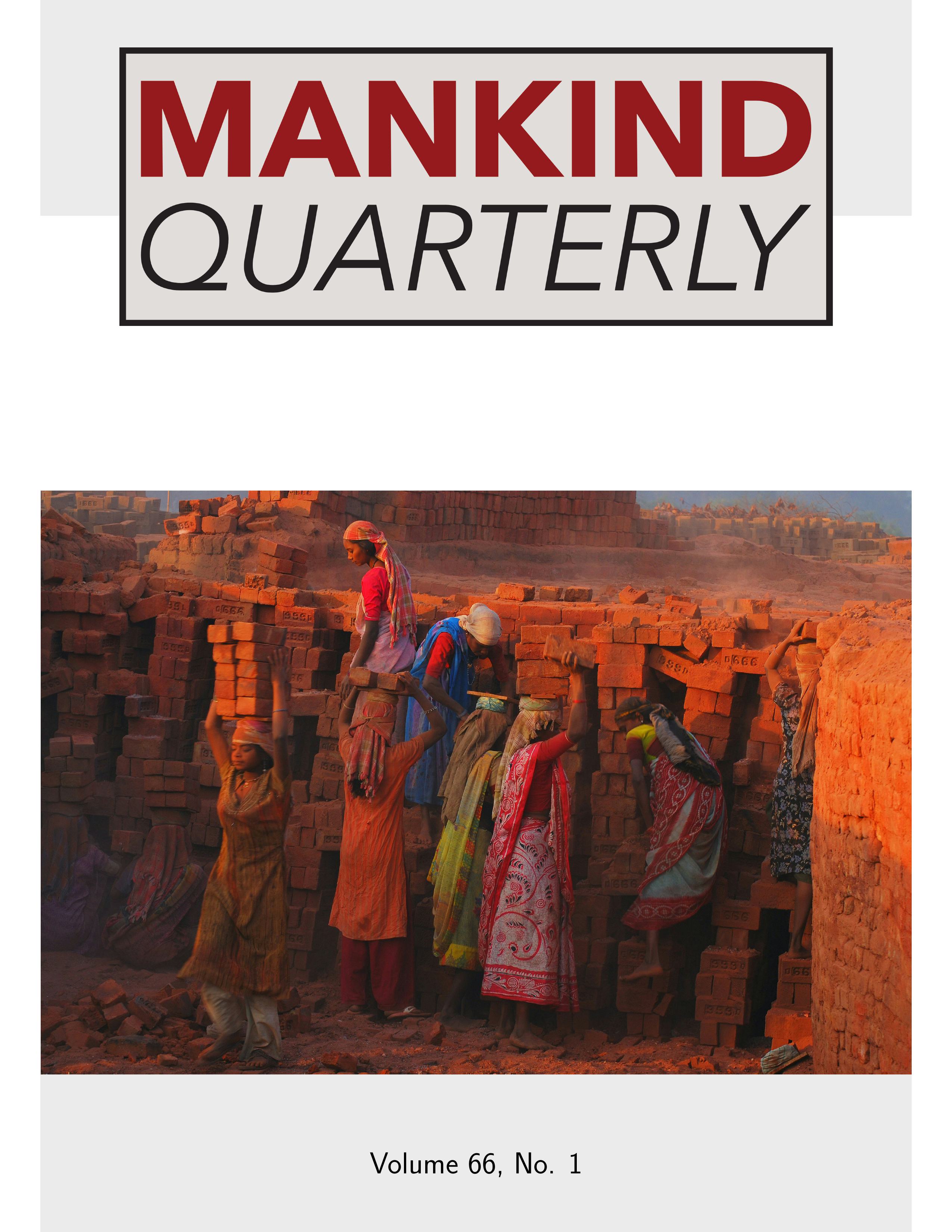Home > Archive > Volume 52, No. 3-4 > This paper
A Possible Semitic Origin for Ancient Zimbabwe
David L. McNaughton
Published: 2012/06/01
Abstract
Almost universally accepted amongst contemporary scholars is the opinion that the ancient ruins known as Great Zimbabwe, in what was formerly Rhodesia (radiocarbon dated to around 1300 AD), must have been created by the ancestors of the Shona, who today inhabit northern and eastern Zimbabwe. However, this theory was challenged in the 1950s and 1960s by several scholars, including Robert Gayre, the founder of The Mankind Quarterly, who argued that there was no sound evidence that the Shona had ever built with stone. Instead, his suggestion was that this massive finely cut stone structure, and certain lesser stone ruins in the area, were probably constructed by the ancestors of the present day Lemba, a people who are at least partly descended from Semitic trader-adventurers who had travelled down the east coast of Africa in search of gold and other potential exports. The Lemba, Gayre maintained, are distinguished from the Shona by certain physical and cultural qualities that suggested genetic and cultural admixture with Semites. It is argued that modern genetic testing offers a measure of support for this thesis.
Download PDF
